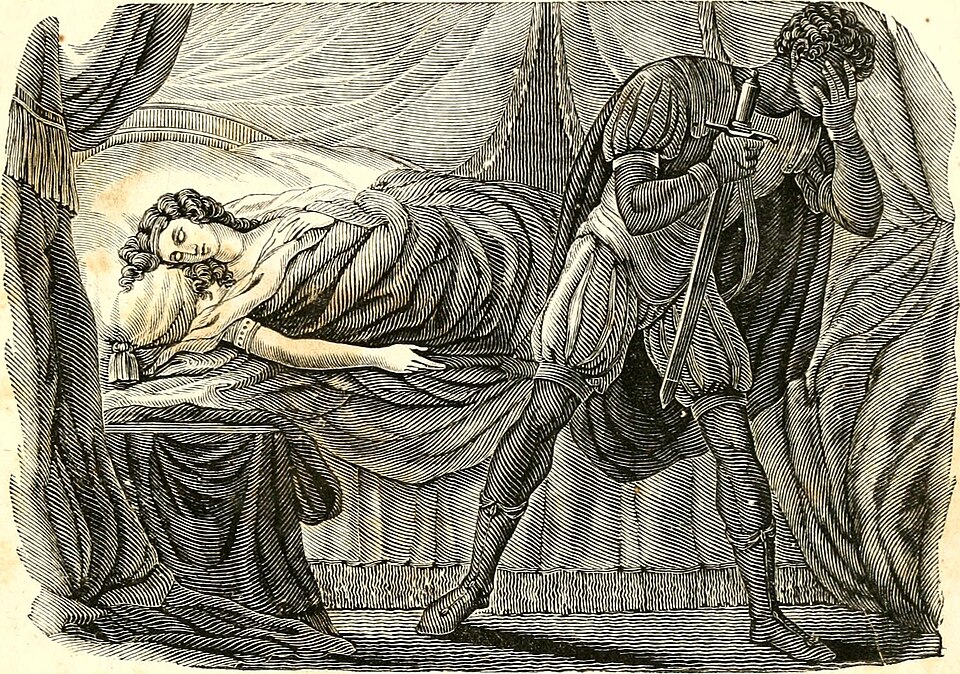This curious epitaph is found at Martham Church in Norfolk:
Here Lyeth the Body of Christr. Burraway, who departed this
Life ye 18 day of October, Anno Domini 1730.
Aged 59 years.
And there Lyes ☞
Alice who by his Life
Was my Sister, my mistress
My mother and my wife.
Dyed Feb. ye 12. 1729
Aged 76 years.
According to Thomas Joseph Pettigrew in Chronicles of the Tombs (1888), in 1670 Martham farmer Christopher Burraway had seduced his daughter, Alice, and she had borne him a son, who was placed at a foundling home. When the son turned 20 he was apprenticed to a farmer and eventually came to Martham, where he applied to Alice for a job, not knowing their relation. By this time the father was dead. She hired him and eventually married him, becoming “mother, sister, mistress and wife, to this modern Œedipus.”
At age 76 she recognized a peculiar mark on his shoulder and, realizing she’d married her son, “was so horror stricken that she soon after died, he surviving her scarcely four months.”
See Endless Love.

